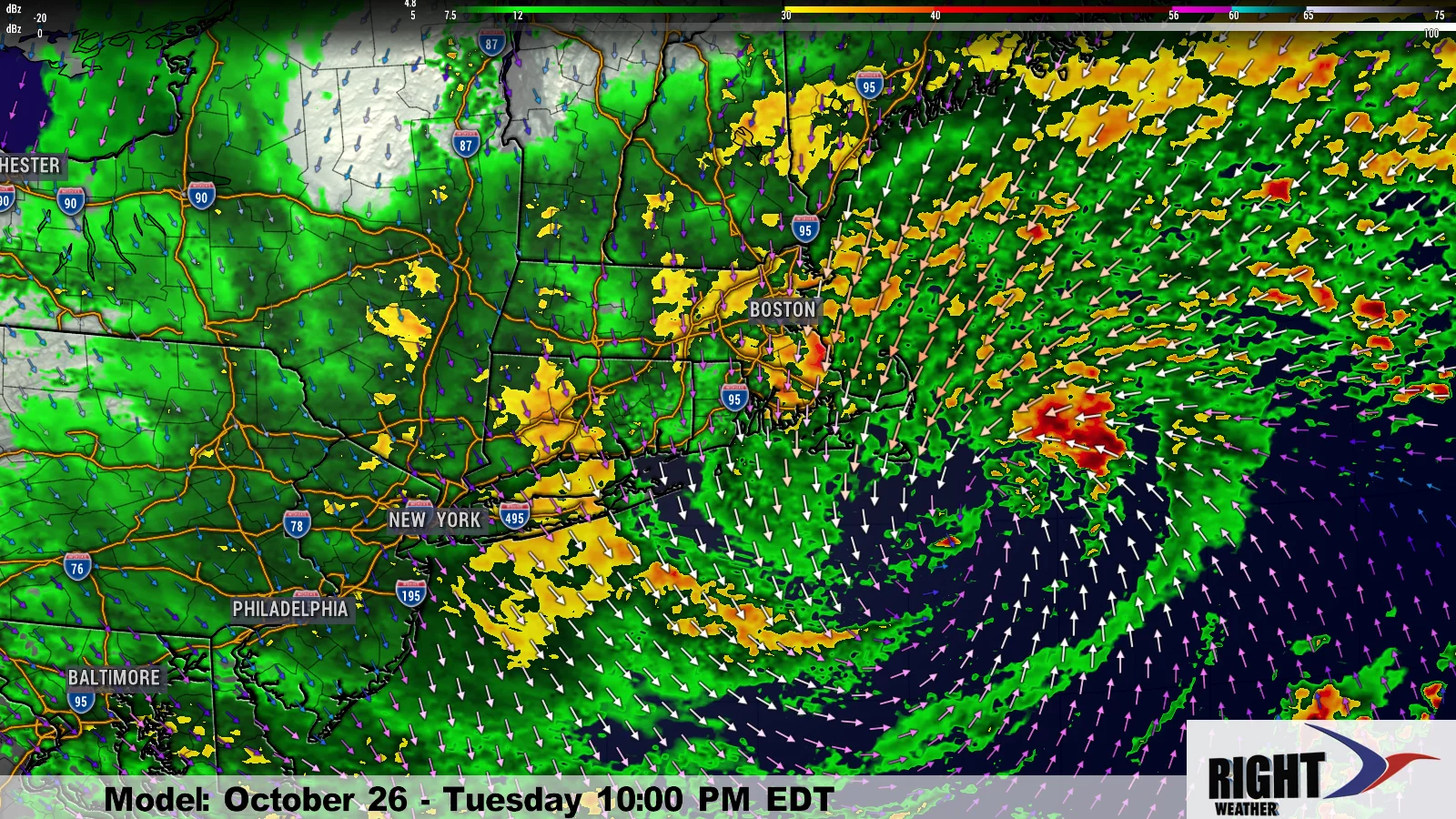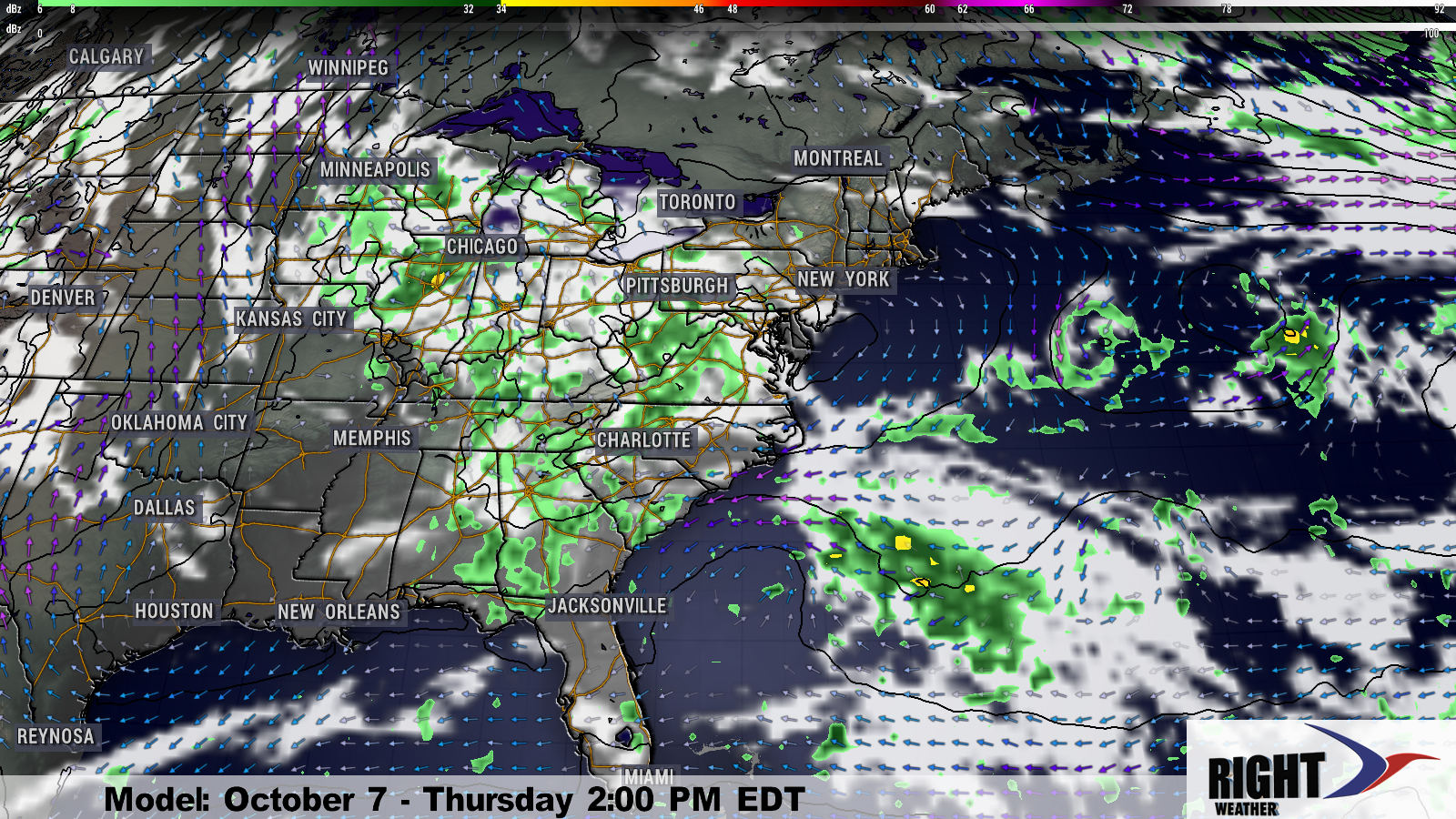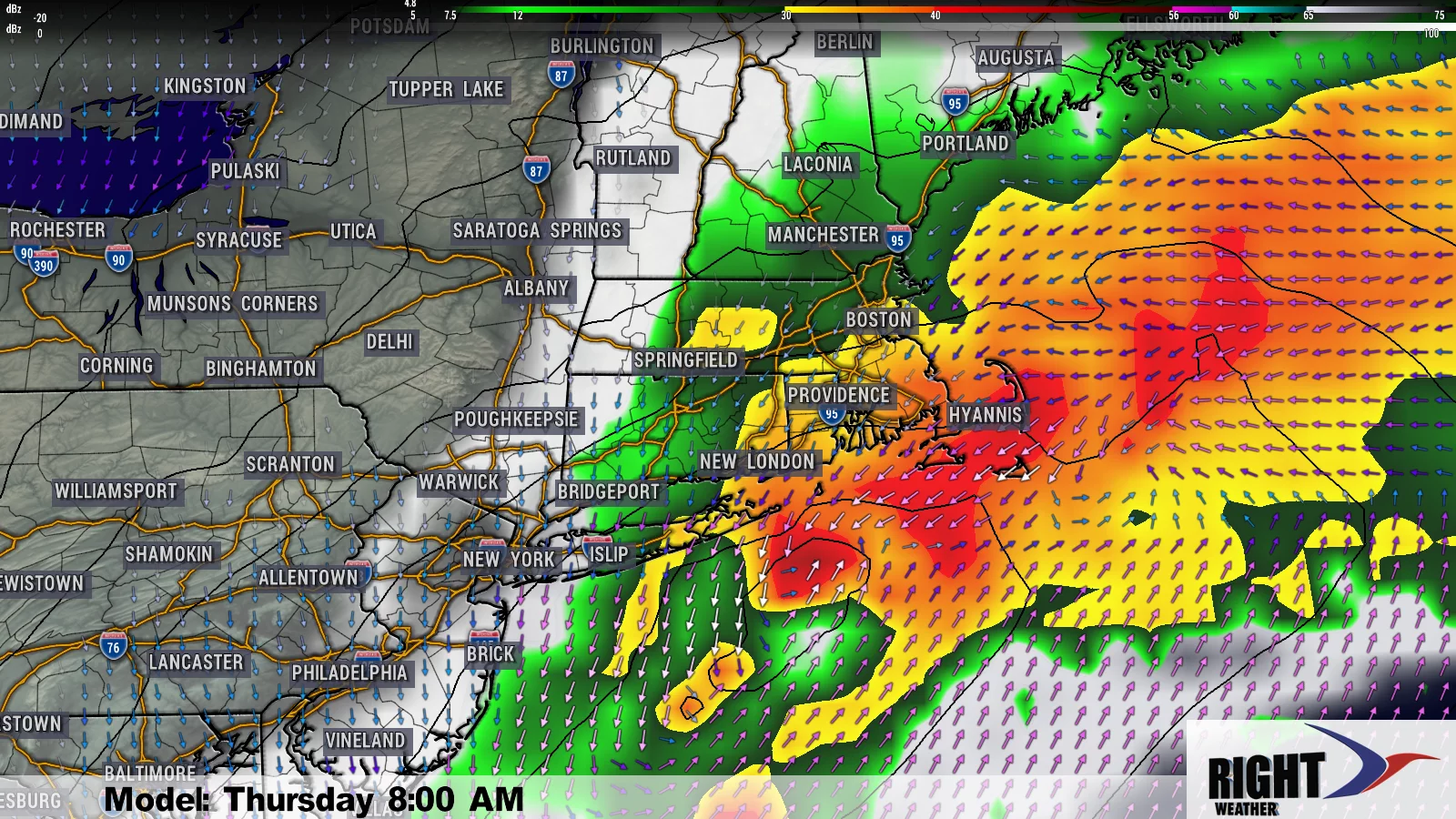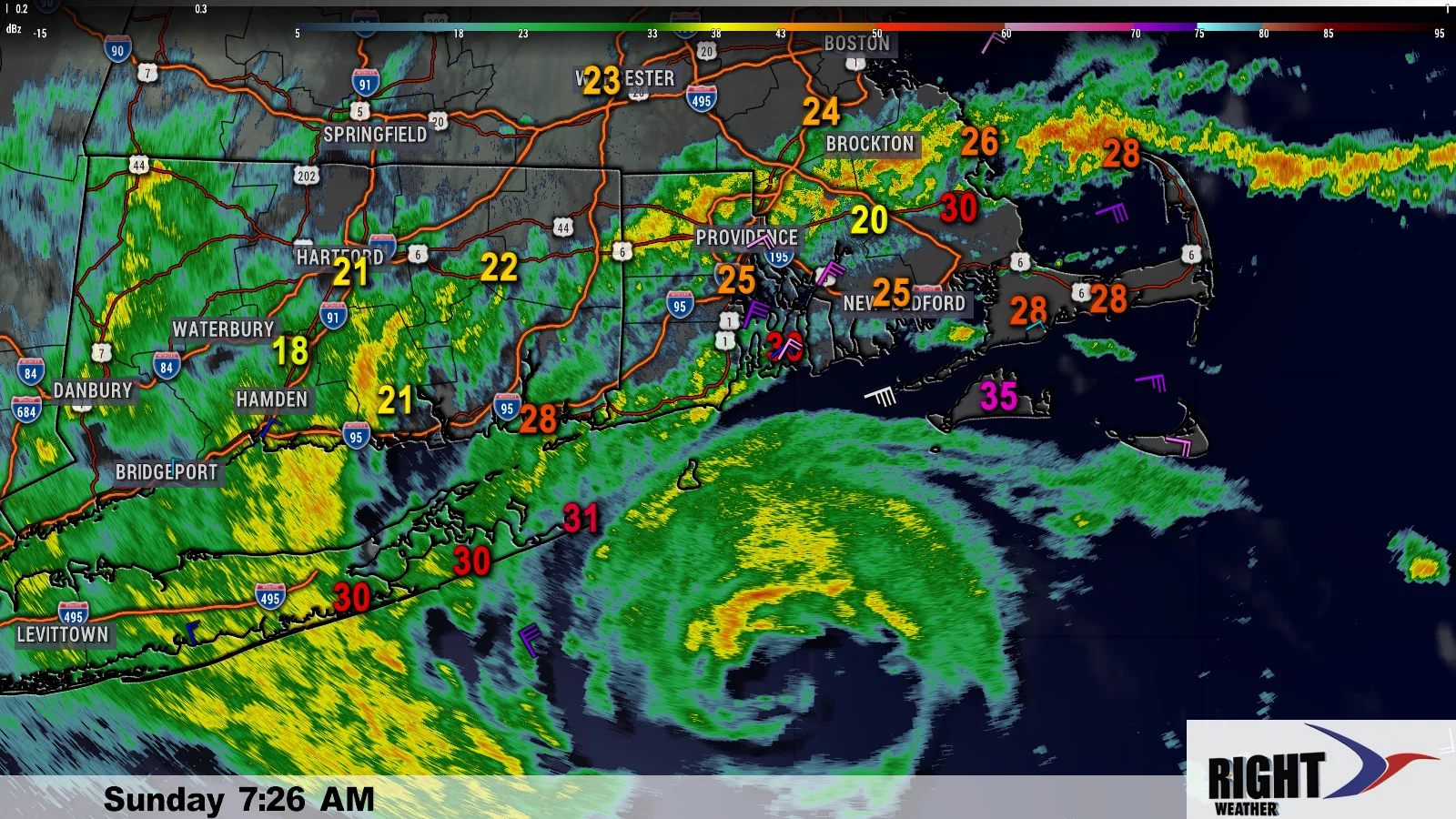Confidence is growing among NOAA forecasters that the abnormal warming of the equatorial Pacific Ocean water known as El Niño will develop later this year. The NOAA Climate Prediction Center has an issued an El Niño Watch for a slightly better than 50/50 chance that an El Niño will develop by the early fall.
El Niño can have a major influence on the world’s weather patterns, including affecting the Atlantic Basin hurricane season and winter weather across the United States. Typically, a strong El Niño will suppress hurricane activity in the Atlantic Ocean and Gulf of Mexico by increasing wind shear which inhibits tropical cyclone development. It is uncertain if the expected El Niño will develop in time to have an impact on the upcoming hurricane season.
While all models predict warming in the tropical Pacific, there is considerable uncertainty as to whether El Niño will develop during the summer or fall. If westerly winds continue to emerge in the western equatorial Pacific, the development of El Niño would become more likely. However, the lower forecast skill during the spring and overall propensity for cooler conditions over the last decade still justify significant probabilities for ENSO-neutral. The consensus forecast is for ENSO-neutral to continue through the Northern Hemisphere spring 2014, with about a 50% chance of El Niño developing during the summer or fall. – NOAA March 6, 2014 ENSO Update
The connection between El Niño and winter weather in Southern New England is less clear. In general, an El Niño leads to more storms forming in the southern branch of the jet stream than the northern branch, but that does not necessarily affect the amount of snow in Southern New England because the storms’ tracks are influenced by other jet stream patterns at the time that they form.
CPC/IRI Early-Month Consensus ENSO Forecast Probabilities
| Season | La Niña | Neutral | El Niño |
|---|---|---|---|
| FMA 2014 | 2% | 94% | 4% |
| MAM 2014 | 3% | 84% | 13% |
| AMJ 2014 | 4% | 68% | 28% |
| MJJ 2014 | 5% | 57% | 38% |
| JJA 2014 | 6% | 49% | 45% |
| JAS 2014 | 7% | 44% | 49% |
| ASO 2014 | 7% | 43% | 50% |
| SON 2014 | 7% | 42% | 51% |
| OND 2014 | 7% | 41% | 52% |
Visit the Climate Prediction Center for more information on the El Niño Watch.




